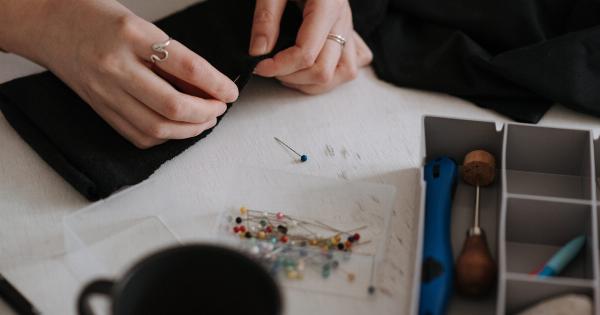Sperm are the male reproductive cells that travel from the testicles to the female reproductive tract during sexual intercourse.
The lifespan of sperm in the vagina is an important topic to understand for couples who are trying to conceive, as well as for couples who want to avoid pregnancy.
How long does sperm stay alive in the vagina?
Sperm can live inside the female reproductive tract for up to five days. However, the majority of sperm typically survive for only one to two days.
The lifespan of sperm varies depending on factors such as the woman’s menstrual cycle, cervical mucus, and pH level in the vagina.
Menstrual cycle and sperm lifespan
The menstrual cycle is the process by which a woman’s body prepares for a potential pregnancy. During the menstrual cycle, the ovaries release an egg, which travels down the fallopian tube and into the uterus.
If the egg is fertilized by a sperm, it implants in the uterus and a pregnancy begins.
The lifespan of sperm is influenced by the timing of the menstrual cycle. Sperm can live inside the female reproductive tract for up to five days, but the egg is only viable for about 24 hours after ovulation.
This means that the best time to conceive is usually during the three to four days leading up to ovulation.
Cervical mucus and sperm lifespan
Cervical mucus is a fluid produced by the cervix that helps to nourish and protect the sperm as it travels through the female reproductive tract.
The consistency of cervical mucus varies throughout the menstrual cycle, and can affect the lifespan of sperm.
During the fertile window leading up to ovulation, cervical mucus becomes thin and stretchy, which makes it easier for sperm to travel through the female reproductive tract and reach the egg.
This fertile cervical mucus also helps to protect the sperm and can prolong its lifespan.
pH level and sperm lifespan
The pH level in the female reproductive tract can also affect the lifespan of sperm. The vagina is naturally acidic, with a pH level ranging from 3.8 to 4.5. This acidic environment helps to prevent harmful bacteria from growing in the vagina.
However, sperm prefer an alkaline environment, with a pH level of around 7.2 to 7.8. If the pH level in the vagina is too low, this can reduce the lifespan of sperm and make it more difficult for them to fertilize the egg.
Some lubricants and spermicides can also affect the pH level in the vagina and reduce the lifespan of sperm.
Factors that decrease sperm lifespan in the vagina
There are several factors that can decrease the lifespan of sperm in the vagina and make it more difficult for fertilization to occur. These include:.
- Sexually transmitted infections (STIs) – certain STIs such as chlamydia and gonorrhea can cause inflammation and damage to the reproductive tract, which can decrease the lifespan of sperm.
- Age – as men age, their sperm count and quality can decrease, which can also reduce the lifespan of sperm.
- Excessive heat – high temperatures, such as those in hot tubs or saunas, can decrease sperm motility and lifespan.
- Smoking – smoking can damage sperm DNA and reduce sperm motility and lifespan.
- Alcohol and drug use – excessive alcohol and drug use can also reduce sperm quality and lifespan.
Conclusion
The lifespan of sperm in the vagina can vary depending on factors such as the woman’s menstrual cycle, cervical mucus, and pH level.
While sperm can survive inside the female reproductive tract for up to five days, the majority of sperm typically survive for only one to two days. Understanding the factors that affect sperm lifespan can help couples who are trying to conceive, as well as couples who want to avoid pregnancy.































